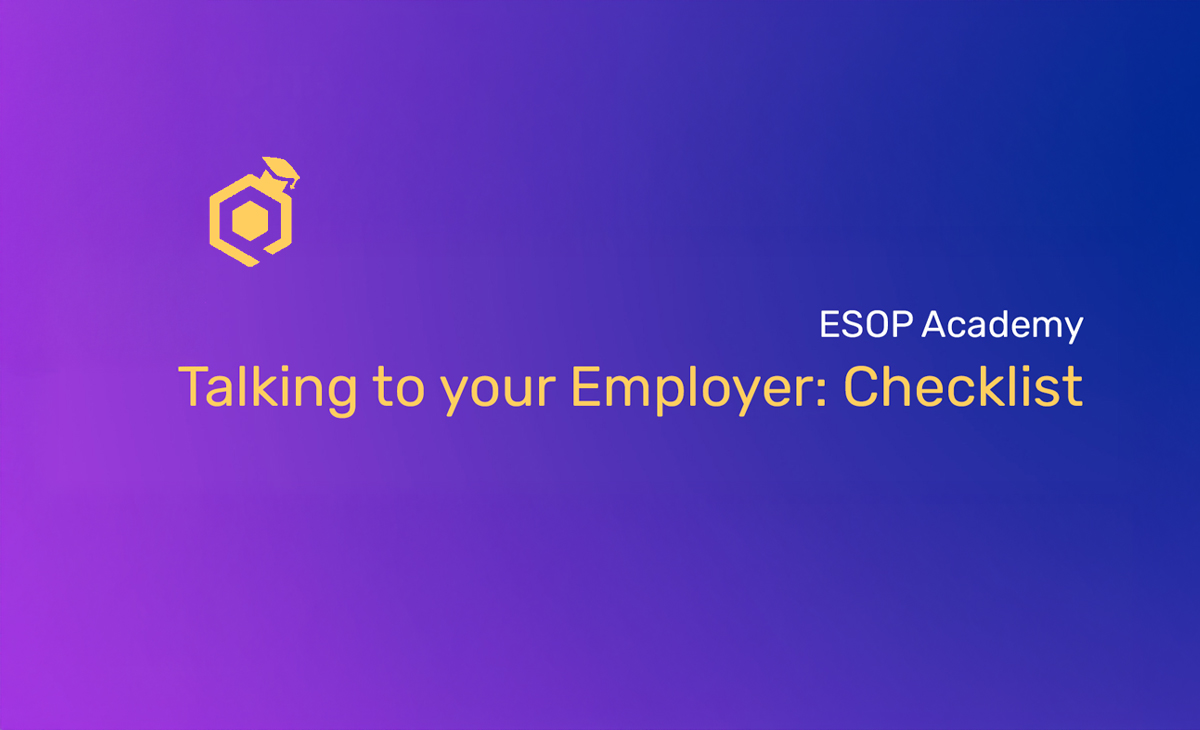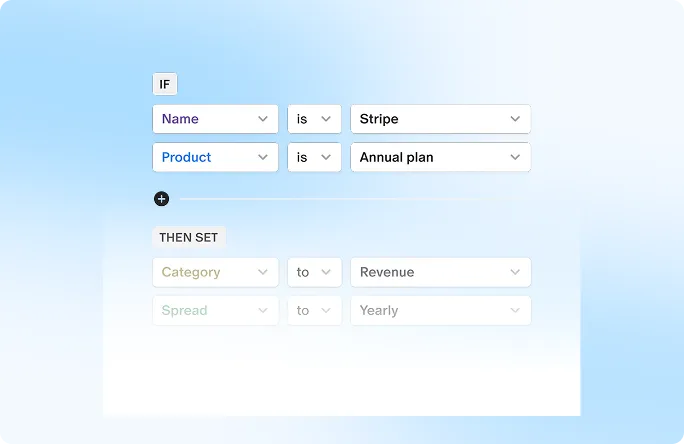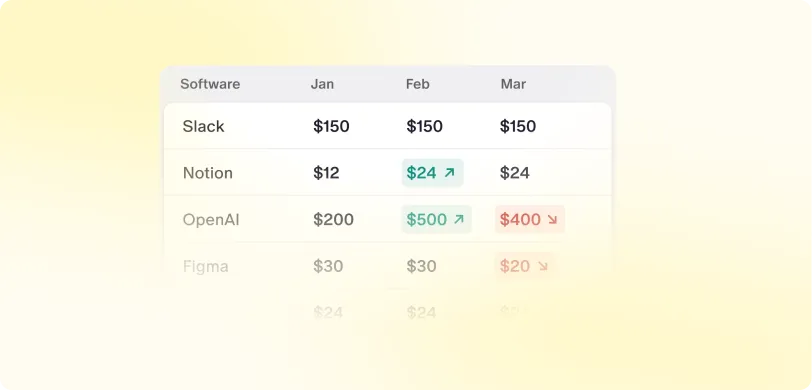How to discuss ESOPs with your current or prospective employer
We are six weeks into ESOP Academy, and you hopefully feel a bit more comfortable with equity. Now that you are on your way to becoming an expert in ESOPs, how can you bring up the topic in discussions with your prospective or current employer?
Having these discussions is important as part of your employment offer negotiation, performance review, or even after allocation of ESOPs, as you want to have full understanding of either what you are getting into, or what you already hold.
Despite numerous benefits of ESOPs, not all companies offer them. There is definitely a trend of more companies setting up equity plans and making them a core part of their total reward frameworks, but each employer will have different priorities when it comes to equity compensation. For that reason, you want to understand where your current or potential employer stands.
You should enquire if the company you are talking to has an ESOP in place. If it's an early-stage startup, it is not uncommon that the founders have not had a chance to formally roll out a scheme for their employees. In these scenarios, your equity offers may be negotiated on an hoc basis, or simply promised to you as part of your employment offer. Is a simple promise or a couple of lines in your employment offer without a full offer that a red flag? Not necessarily. However, you would want to be in position to understand exactly what that means for you. Ask about their exact plans on how they envision ESOP to be structured.
ESOPs are not all the same, and as you can imagine, being promised $1,000 of options assuming they will be granted at nil exercise price, only to receive options with a strike price equal to current price can lead to some disappointment on your part.
For other startups, who already have ESOP in place, it is important to understand their approach and how they have structured their existing scheme.
When you negotiate your offer, equity is just part of the conversation. As a general rule of thumb, there is a trade-off between salary and equity. You can negotiate for higher salary in a startup, but you may likely have to accept a smaller equity award. This trend reverses at more senior levels, where equity is a major part of total remuneration. At the same time, salaries well below market rates should be complemented by an attractive equity offering.
If you are faced with a choice of larger salary or more equity, you will need to consider not only your willingness to take on more risk, but also ability to do so. Equity comes with upside, but also significant risk. In the earlier article we highlighted opportunity cost. Taking up a role at a startup can be an exciting career move, but it comes with risk (both in terms of compensation and the overall business prospects), as you forego a steadier income stream from a potentially higher paying (in terms of salary) corporate role.
There is no ideal split of salary and equity - you will need to opt for a package that suits you best. In all cases, it's always great reach out to your network, peers, and mentors for guidance, and seek professional advice.
To help you get started, here's a checklist you can use to source the key information about equity compensation you'll need to make an informed decision in choosing the best offer from prospective employers or to negotiate with your current company.
ESOP checklist - 17 questions to ask
Let's go through 17 questions you should ask your employer about ESOPs:
1. Reward framework: Does the company already have ESOP in place? Ask them about their philosophy of granting equity to their employees. This question should shed some light on how company treats equity. Do ESOPs form core part of how they reward staff? A well-established ESOP regime can signal that the employer is serious and consistent about compensation. This will can not only instil confidence, but also allow you to better benchmark the offer against the industry and competitors.
2. Quantum: How does the company decide how much equity is granted? Is it done on ad hoc basis (common for very early-stage startups), or is there a comprehensive structure in place (e.g. equity represents % of fixed salary for the specific job level/role)? The logic behind the quantum can help you think of ESOP as part of your total compensation, and complete benchmarking against market data for your role and jurisdiction.
3. Value of ESOP award: Talk to the employer about how they arrive at the $ value of your ESOP grant. Consider it in terms of its nominal value, as well as % stake of the company. Similar to quantum, do a bit of research to see how this offer compares to similar roles in other companies if the offer is in the ballpark of the industry standard for the stage of the company and seniority of the role. As a general rule of thumb, you can expect to receive more equity if you are one of the earlier employees and joining the company before or just as it has started raising external capital. Simply being there early is not the only factor - consider your contribution to the success of the firm.
4. Grant frequency: Is the equity granted as a one-off award upon joining the company, or does equity form part of your annual compensation and you can expect to receive additional grants on annual basis? This can have an impact on the value of ESOPs you receive on day one.
5. Equity instrument: What is the underlying instrument for ESOPs - is it an Option, RSU, PSU, Restricted Share, Phantom Unit, or something else? Does the company allow you to make a choice of the equity instrument? (If so, the rule of thumb is that you may be offered either Options or RSUs with a 3:1 ratio, i.e. 300 Options or 100 RSUs). If unsure what the difference is across all these, review the earlier guide on equity instruments.
6. Strike price: If it's an option, how is the strike (aka grant or exercise) price you would need to convert options to shares is determined? Is it set at the current market price, is it nil, a nominal value like $0.01 or is it set a premium to current price? Presence of strike price will also dictate if there is a risk of your options going underwater in future of company's share price drops below it.
7. Vesting period: What is the vesting schedule assigned to your award? Will you need to wait for one, two, three, four or more years to have all your ESOPs vest in full? You might have heard of the 4-year vesting with 1-year cliff and monthly thereafter, but don't assume the company will utilise that schedule. In some jurisdictions, companies are not bounded by mandated minimum vesting periods and can get creative with the vesting schedule design.
8. Performance conditions: Besides the service condition (i.e. staying with the company for the duration of the vesting period), are there any additional performance conditions that need to be met for the ESOPs to vest? Are they based on your individual performance, company performance, or a certain milestone - maybe combination of these conditions? And how exactly are these performance conditions measured, and what happens if they are not met - are their provisions for partial vesting if the performance outcome is close to the target but falls short of it? Also, are the performance measures at a single point in time (the measurement date), meaning that if it's not met, the ESOPs lapse (full or partially) or if the performance outcome is not initially satisfied, will the performance be re-tested again at later point in time (give you a second, third or more chances of having your ESOPs vest)? A lot to discover here.
9. Sign-on Awards: If you are going to forfeit ESOPs at your current company due to resigning and joining your new employer, talk to your new employer about an additional Sign-On grant to compensate you for the value of ESOPs you're giving up to join them. This is a common practice at more senior levels but depends on the relevant circumstances for your specific case. Remember - your ESOPs have value even if they haven't vested yet. Use your current equity stake in your negotiations.
10. Liquidity: Once the ESOPs vest, what are your expected options (pun not intended) in terms of being able to transact on them? What methods of transacting will be available? Will it be easy for you to cash out? Are there any automatic triggers, or will you need to initiate the transaction? Will there be best specific windows during which you can transact? If you are in an unlisted company, will you need to wait for a liquidity event, such as a sale of business or IPO, or will the company provide structure liquidity programs like buybacks?
11. Company's securities trading policy: Should you wish to transact on your ESOPs in future, will you need to seek pre-clearance to do so internally, and will you be subject during extensive blackout periods during which you will not be able to transact at all? This may depend on your level of seniority in the company. It never hurts to plan ahead and know what additional selling or transferring restrictions may be in place.
12. Expiry: What is the expiry date of my ESOPs? And how will it be impacted should you leave the company with vested ESOPs - will you be given only 90 days to transact on your vested ESOPs after your last with the company, or is that period shorter or longer?
13. Termination: What happens to your unvested and vested awards when you leave the company? How does the company define a bad leaver (generally resignation) and good leaver (commonly redundancy, medical reasons, death) and what are the relevant treatments of ESOPs in each scenario?
14. Plan documentation: Ask the company to provide you with a copy of the plan rules to get a better understanding of how the plan is structured. Does the company also supply tax guides, explanatory notes, FAQs, or other supporting documentation? If your employer is unable to give you clarity on a lot of the questions mentioned so far, plan rules will have a lot of the answers in them.
15. Tax: Confirm what support the company provides in terms of tax implications of joining their ESOP plan. Confirm what statements, if any, will be provided at the end of each tax year to assist you with completing your income tax return. Are there any potential tax issues that you should be aware of given your tax residency or mobility (i.e. moving to another country to work with your employer) plans? What assistance can you expect from the company to managing potential tax complexities?
16. Tax withholding: Besides reporting, guidance, and general support, will the company be required to withhold taxes for you and remit the funds directly to the local tax authority? Or the responsibility to ensure the tax authority receives the current amount is sitting with you? This is an important area to understand.
17. Engagement and transparency: Does the company manage their ESOPs manually on a spreadsheet, or are they utilising a platform like Qapita (hey - had to add a plug somewhere) to provide you with real-time visibility of your employee holding and its value? What is their communication strategy to ensure you have full understanding of the plan throughout its lifecycle and you are prompted to act before the key dates like vesting, trading windows and expiry? Who can you reach out to if you have further questions or need help?
What's next?
Answers to above questions will provide you with a complete picture of what your journey as an ESOP holder with the company will look like. You will be able to get a good understanding of the plan design, structure, and the company's equity compensation philosophy.
What happens if you are not presented with a chance to ask some of these questions? What if the recruiter or manager you are speaking to is not completely across the finer details of ESOP design? What if you are not comfortable raising some of the questions and would prefer another way to understand your equity offer?
Luckily, you can find answers to a lot of these questions on your own. If you have been following ESOP Academy so far, I have been repeating the same thing in every article - read the ESOP documentation. Key ones are the plan rules and grant/offer letters. But I'm not going to leave it all to you to figure them out. After all, plan documentation language is often not intuitive and contains a lot of jargon and legal terms. The next edition of ESOP Academy is a guide to decoding ESOP plan rules and offer letters and all the key terms, conditions, and clauses within them to help you understand exactly how the plan is structured and how it impacts you.


 Equity management
Equity management

 Fund management
Fund management

 Fund management
Fund management

 Fund management
Fund management











































